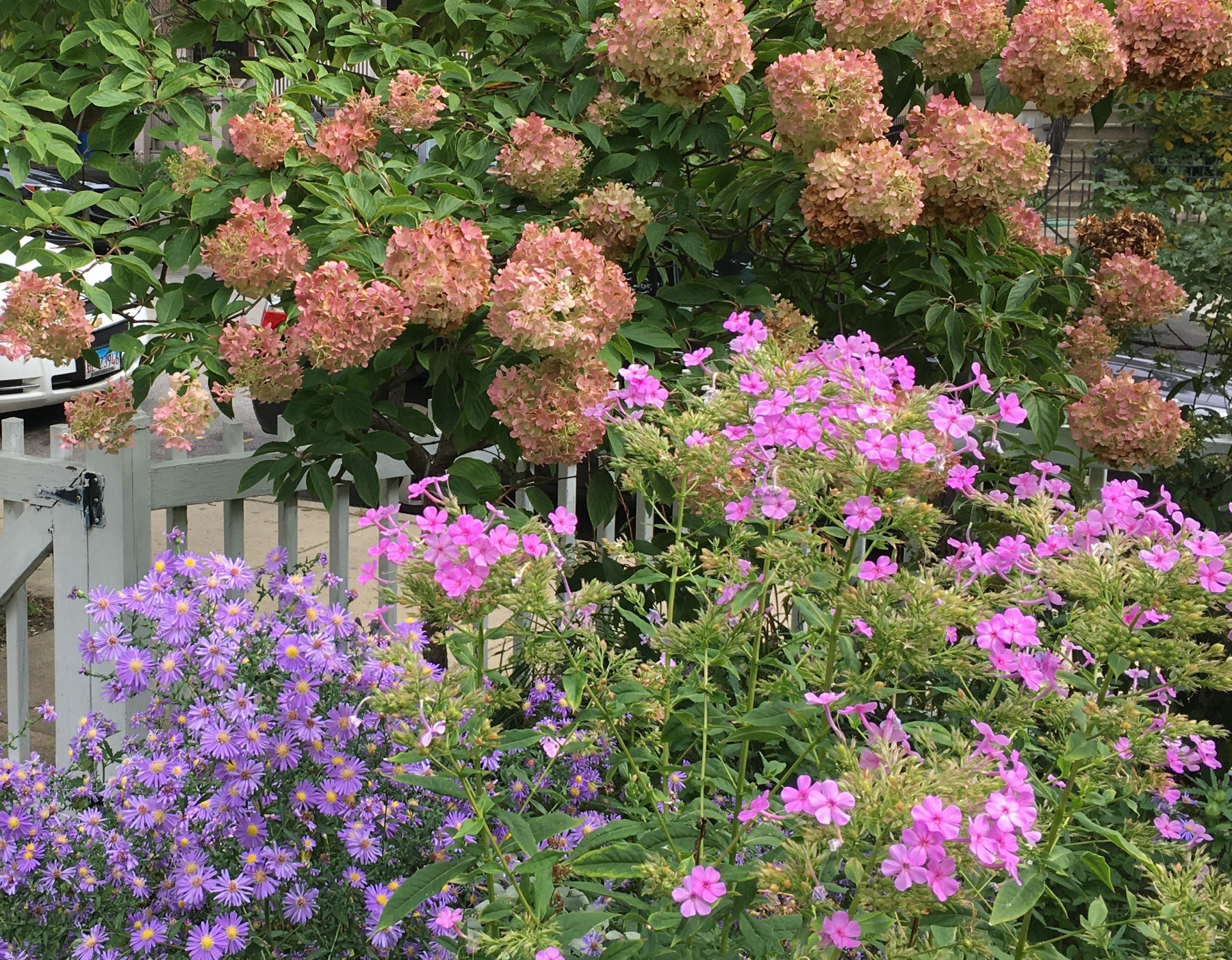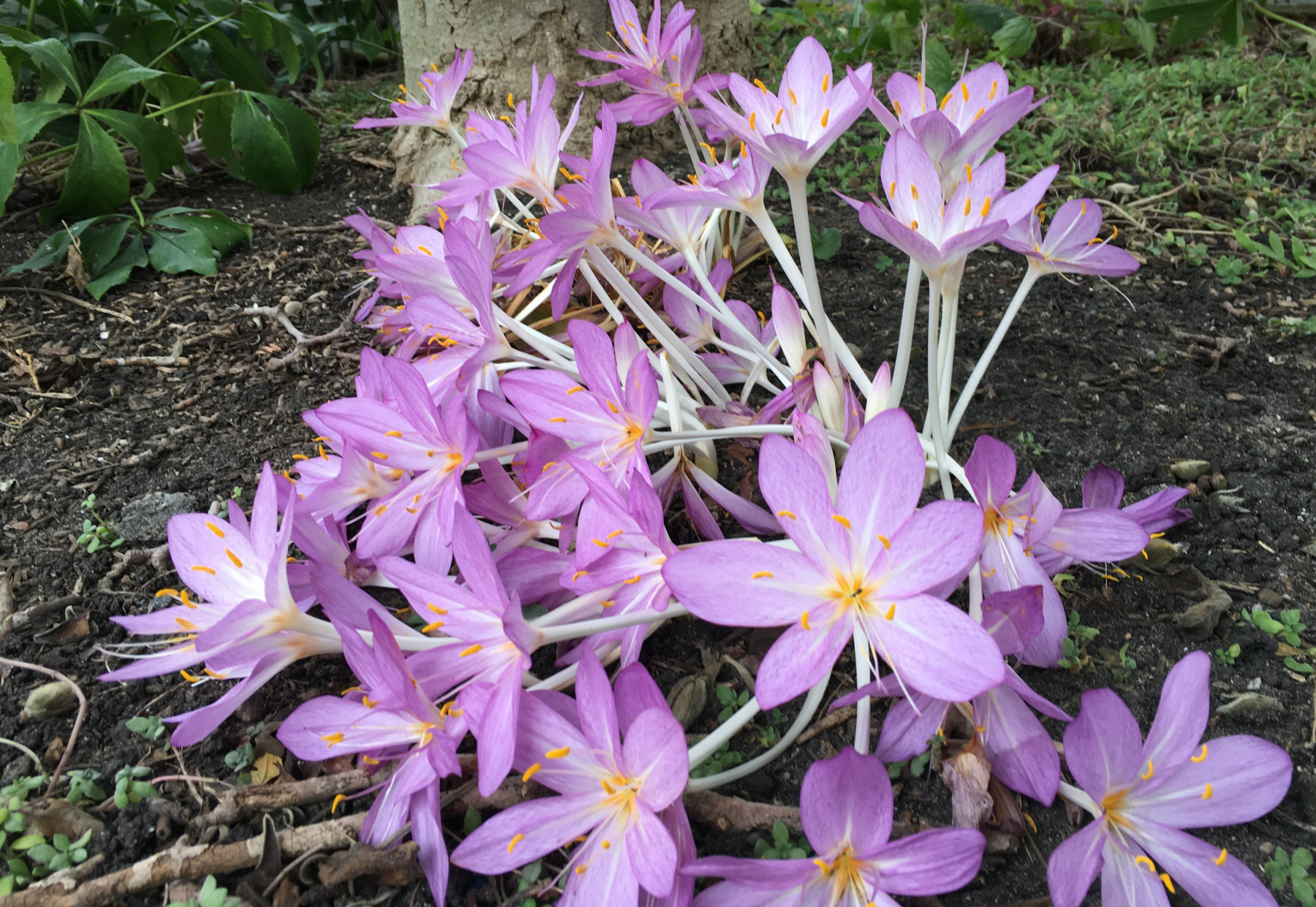
Nights have gotten chilly. The news is scary. Winter is coming. But a garden is still a consolation, especially if it’s planned to keep blooming until the last possible moment.
I dropped by the other day to say farewell to a friend who is moving far away from the home where she’s gardened for decades. As we sat, six feet apart, on the front porch steps, we were both sad and troubled. But there were the asters, and the hydrangea, and the phlox, perfectly arranged, still blooming in the September sun. Behind our face masks, we shared a smile.
These are all workhorse plants in the Midwest—anyone can grow them, and many do. I have them all in my garden. But it takes an especially experienced, thoughtful gardener to plant them together, knowing they will start blooming in summer and stay lovely into fall, forming a memory to warm us in the dark months.
Long-blooming summer plants, such as the goldenrod that paints every country roadside yellow starting in late August, are one part of the recipe for a garden that lasts while the days grow short. Another is knowing about the handful of plants that don’t even begin to bloom until fall.
Autumn crocus (Colchicum autumnale) is one: A low mound of lavender-pink flowers that seems to erupt out of nowhere in September. Colchicum bulbs are planted in early fall. The plants shoot up wide green leaves in spring and then go dormant again through the summer, until the flowers suddenly emerge on bare stalks in early autumn. Although there is a vague superficial resemblance to the more common crocuses whose bulbs we plant in autumn for spring bloom, the plants are wholly unrelated.
Then there’s toad lily (Tricyrtis formosana). Don’t let the name turn you off; it’s lovely. On tall stalks, toad lily bears little purple-speckled flowers that always look to me like tiny orchids made of gingham. They don’t even start blooming until late September, and they last until the first hard frost.
Another purple sight in the autumn garden is beautyberry (Callicarpa americana). In this case, it’s not the blooms that catch the eye but clusters of berries, bright as a grape Popsicle, on the arching branches of a low shrub.

Many gardeners just give up after Labor Day (the first Monday in September in the U.S.). Or they let the rest of the garden go and buy a few pots of chrysanthemums to try and perk things up.
If you continue watering, though, many summer perennials, such as black-eyed Susan, catmint, goldenrod, phlox, late-blooming hostas and salvia, will continue to flower. Even reblooming roses will keep at it as long as they have a water supply. Watering also will help perennials and shrubs extend their root systems, which will build them up for spring even after they go dormant once frost strikes.
There’s nothing wrong with chrysanthemums, especially to replace fading arrangements of annuals that will quail at the first chill. But my friend’s yard is a reminder not to give up so easily on perennials and shrubs. Planning for the long term, and taking care all along the way, brings autumn bloom and points toward brighter days in spring.


